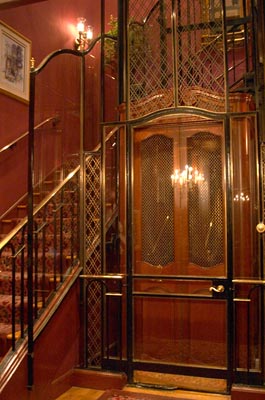(via pierre) Extracting Places from Traces of Locations by Jong Hee Kang, William Welbourne, Benjamin Stewart, Gaetano Borriello; WMASH 2004: 110-118.
Location-aware systems are proliferating on a variety of platforms from laptops to cell phones. Locations are expressed in two principal ways: coordinates and landmarks. However, users are often more interested in “places” rather than locations. A place is a locale that is important to an individual user and carries important semantic meanings such as being a place where one works, lives, plays, meets socially with others, etc. Our devices can make more intelligent decisions on how to behave when they have this higher level information. For example, a cell phone can switch to a silent mode when the user is in a quiet place (e.g., a movie theater, a lecture hall, or a place where one meets socially with others). It would be tedious to define this in terms of coordinates. In this paper, we describe an algorithm for extracting significant places from a trace of coordinates, and evaluate the algorithm with real data collected using Place Lab [14], a coordinate-based location system that uses a database of locations for WiFi hotspots.
One of the algorithm for extracting significant places from a trace of coordinates.

 On the left: Loris Gréaud, CFL (cognitive fooding laboratory / compact fluorescent light), 2004. Laboratoire, raccords en aluminium, profils en aluminium, tubes en plexiglas, mousses, pousses de cresson modifié, tubes néons de croissance. Design: James Heeley.
On the left: Loris Gréaud, CFL (cognitive fooding laboratory / compact fluorescent light), 2004. Laboratoire, raccords en aluminium, profils en aluminium, tubes en plexiglas, mousses, pousses de cresson modifié, tubes néons de croissance. Design: James Heeley.














